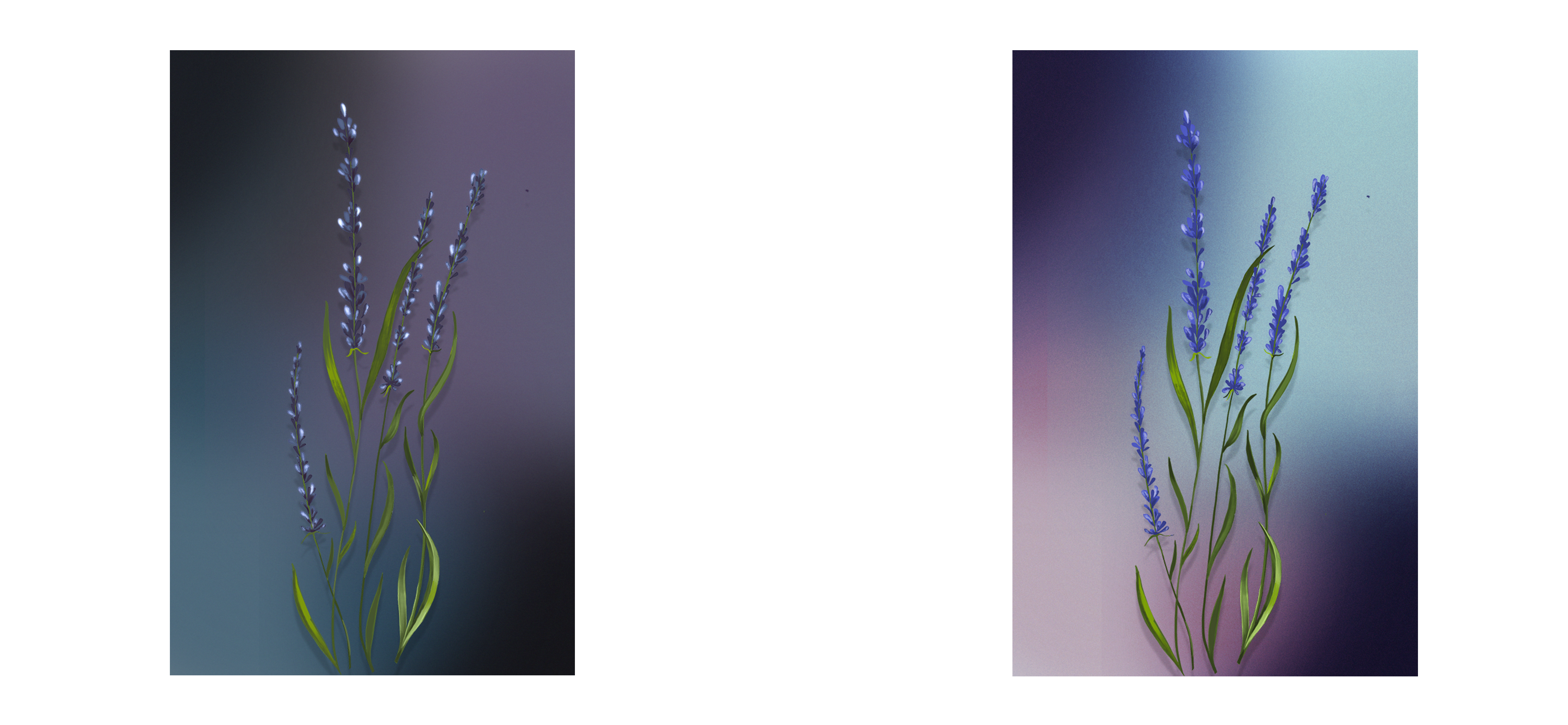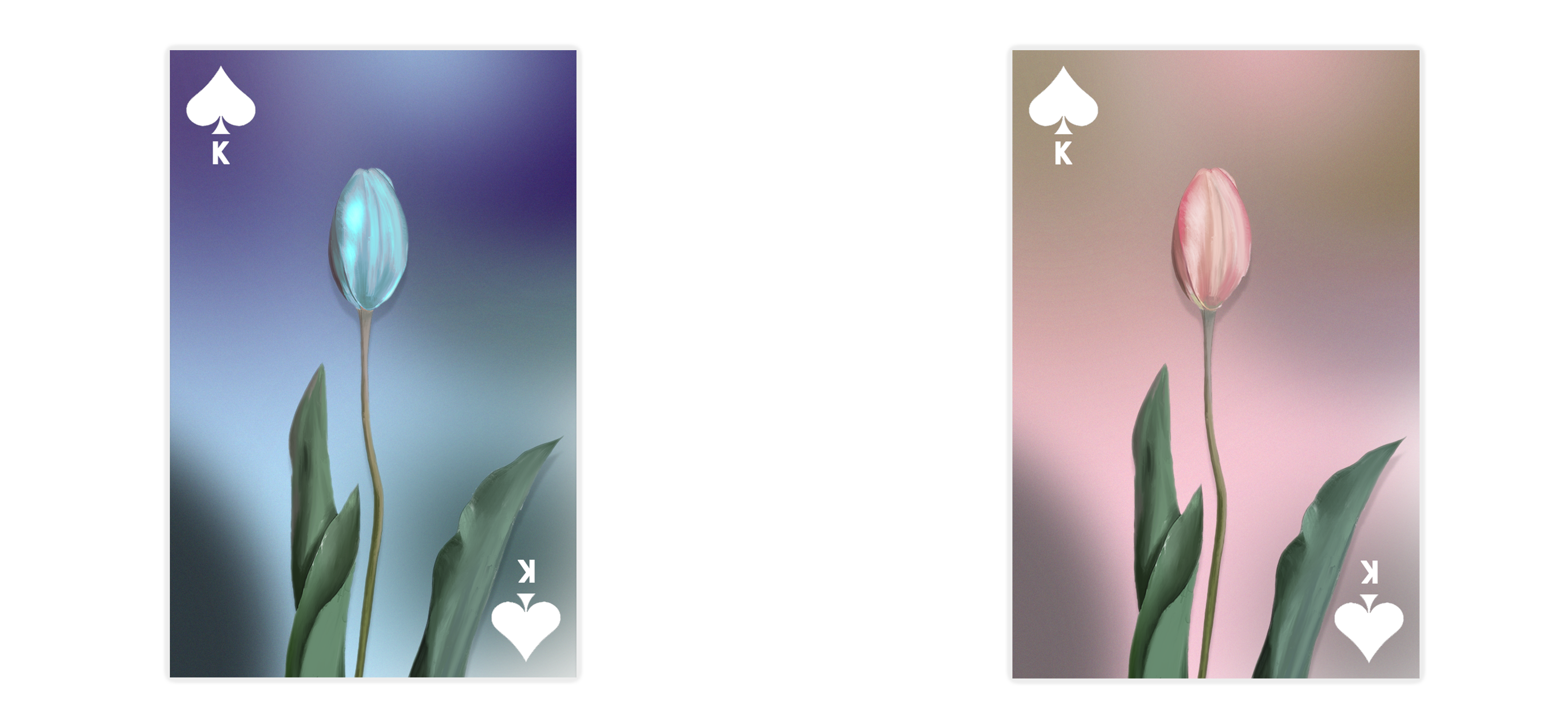Flowers, as natural entities, carry a multitude of meanings within human culture. From a political perspective, each country often designates a national flower, such as the peony in China or the pomegranate in Spain. These floral symbols embody a nation's self-identity and the international image it wishes to project. Culturally, flowers hold various connotations. In Eastern cultures, there's the concept of the Four Gentlemen, which includes the plum, orchid, bamboo, and chrysanthemum. These flowers, capable of blooming even in harsh winter conditions, symbolize lofty moral virtues. In Western cultures, the artistic portrayal of flowers as a theme dates back to the 16th and 17th centuries. The appearance of flowers in art often carries symbolic meanings, ranging from the transient nature of life to themes of joy, beauty, and the arrival of spring. Flowers are also intricately linked to femininity, drawing from the cultural influences of Greek religion and legends.
The reinterpretation of flower colors in two poker decks serves as a means to challenge these established meanings. Through the visual impact brought about by this color transformation, the flowers reveal alternative facets of themselves, prompting us to reconsider their conventional symbolism. This artistic endeavor invites us to reflect on the customary semantics associated with these blooms and encourages exploration of their deeper layers of significance.

The twins 6.4 x 8.9 x 3 cm each set


Poker, as a medium, possesses inherent reproductive and industrial characteristics, making it a powerful platform for popular and expansive art. Intriguingly, poker itself serves as a microcosm reflecting facets of human thought and society. Within the rules of the poker game, the combinations formed by each card serve as metaphors for the dynamics of crowds, while the utilization of pairs of cards underscores the significance of repetition and order. What adds an intriguing twist is that, although we may traditionally interpret the J-Q-K in poker as corresponding to the horseman, queen, and king—a reflection of monarchy—the two jesters wield power surpassing even that of the king and exhibit abilities akin to gods.
The two variations of poker also intersect with the theory of pantheism. This can be taken literally as an acknowledgment of the simultaneous existence of gods from diverse religions, or it can be extended to represent an energy pervading the universe. In the vein of yin and yang philosophy, it suggests the presence of an invisible, ever-moving force that interconnects all facets of existence—the spirit and the body, humanity and other creatures, heaven and earth, stillness and restlessness, day and night. Balancing these dualities within oneself can lead to the achievement of universal harmony.
The two poker decks, presented in complementary colors, symbolize the dual aspects of an individual's character, much like the coexistence of black and white, heaven and hell. These facets exist independently yet are mysteriously and intuitively connected, akin to twins.